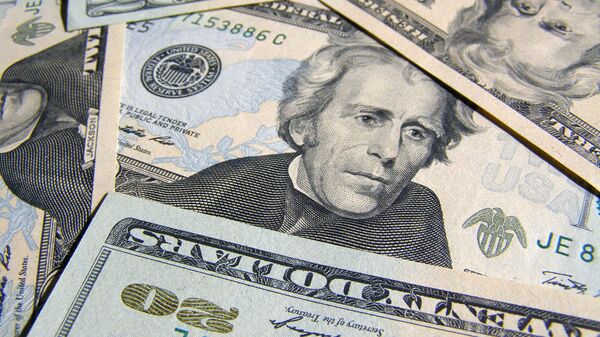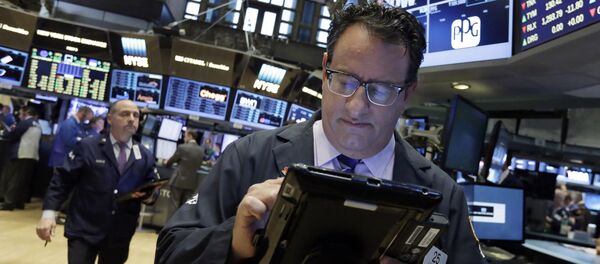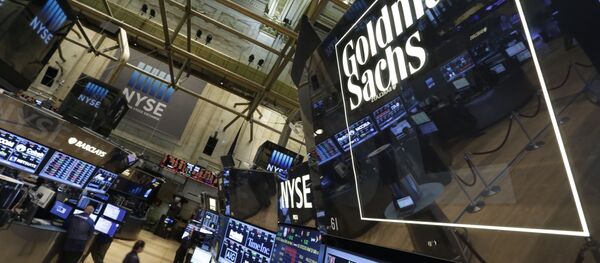Kristian Rouz — As financial markets started weighing a possible hike in Federal Reserve funds rates in June after minutes from the FOMC April meeting were released on Thursday, US macro data arrived later that day hardly supporting an outlook optimistic enough for the regulator to move borrowing costs.
The US Department of Labor released job market figures for week ending on May 14, with the number of people filing as unemployed shrinking by 16,000 to 278,000, whilst previous expectations were a decline of 19,000 to 275,000. Even though the previous week's amount of initial jobless filings stood at 294,000, its one-year highest, the pace of gains in payrolls is falling short slightly of what could be called a robust improvement. Therefore, US consumer sentiment is likely to underperform in May, weighing of the overall GDP performance.
"New York State fell basically by the amount it went up in the prior week, so that seems like more of a blip," Kevin Cummins of Stamford, CT-based RBS Securities Inc. said. The dynamics in US unemployment is "still suggesting a pretty solid labor market," Cummins added.
The US economy posted negligible gains in Q1, expanding an annualized 0.5% even though warmer winter conditions did not bring any disruptions, unlike severe snowfalls and frosts a year prior. Job market movements are key to forecasting consumer sentiment, and consumption in driving over 70% of US GDP.
In a separate report, the Federal Reserve Bank of Philadelphia said the US manufacturing index slumped by 1.8% in May after having declined 1.6% the previous month, whilst the expectations for May were 3.5% gains. A major frustration suggesting the increasingly competitive imports of manufactured goods stemming from the dollar's strength are negatively affecting US industrial production, indirectly complicating the labor market situation as well.
In a yet another report, the New York-based Conference Board, a non-profit economic research organization, said their index of US economic conditions gained 0.6% in April after faltering flat the previous month. The rebound was driven by gains across 9 out of 10 sectors, with only consumer expectations having dropped. The consumer segment is most important, however, providing an alarming signal: amidst the humble rebound in unemployment, and turmoil in corporate sector and manufacturing alike, any major economic acceleration is unlikely in Q2. Nonetheless, the current quarter's results are definitely poised to be slightly better than those in January through March period.
"Drags on the manufacturing sector could prove longer-lasting than had been suggested by the surveys' sharp improvement in March," Jesse Edgerton of New York-based JPMorgan bank said.
Earlier this month, the Atlanta Fed estimated possible gains in US GDP for the current quarter as 1.8% year-on-year, however, given the incoming macro data, such an assessment might have been excessively optimistic. Thus far, the US Department of Commerce reported substantial gains in construction spending, yet, the real estate market is faltering due to a tougher credit environment, and the expectations that a follow-up hike in Fed fund rates could further impair property market situation.
Besides, the renewed dollar rally is a downside factor for the broader US economy, affecting its productive forces and employment capability. Thus far, the overall economy is still slowly sliding into a recession, and a massive rebound in unlikely until a reversal in the shrinking to negative corporate profits situation.



